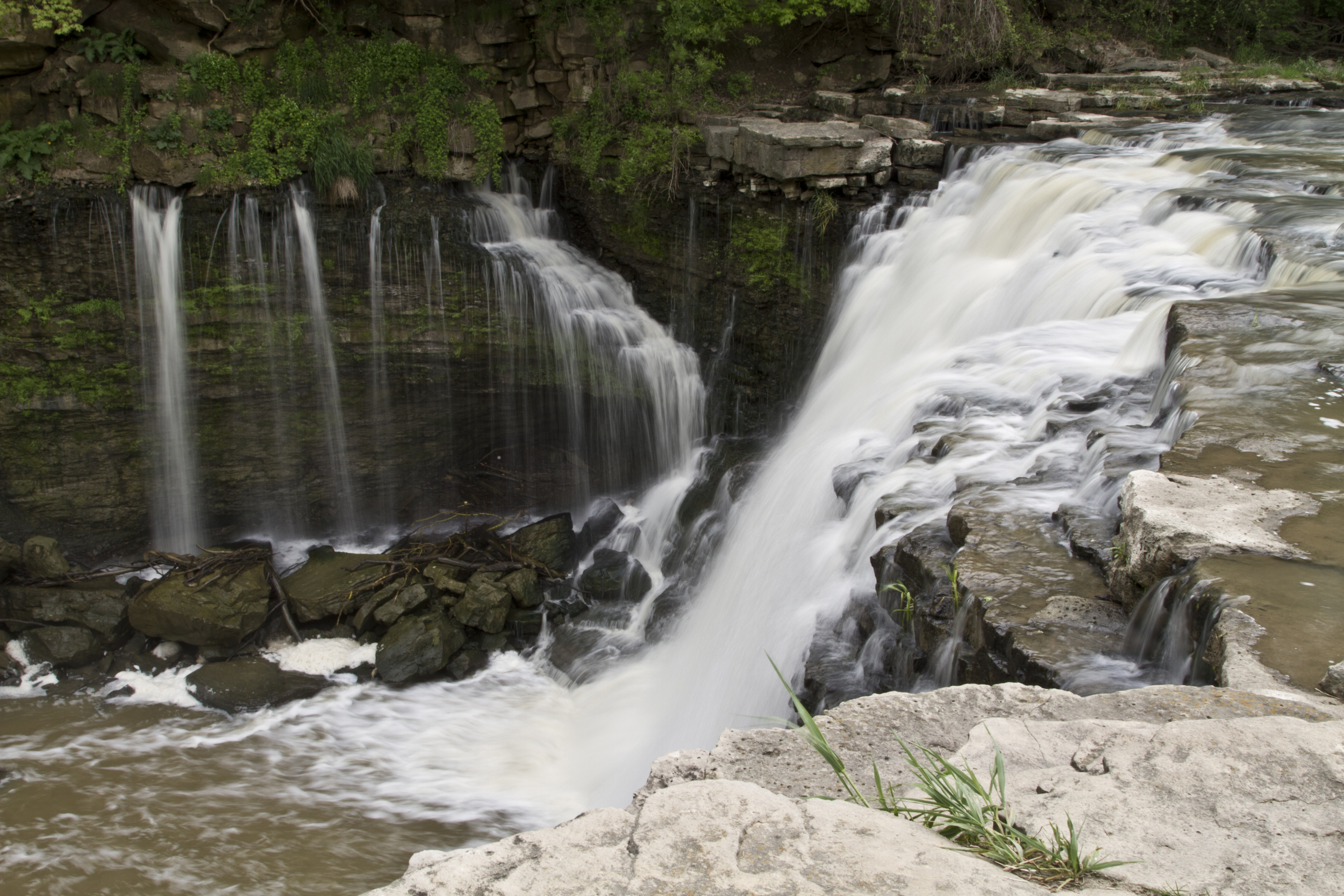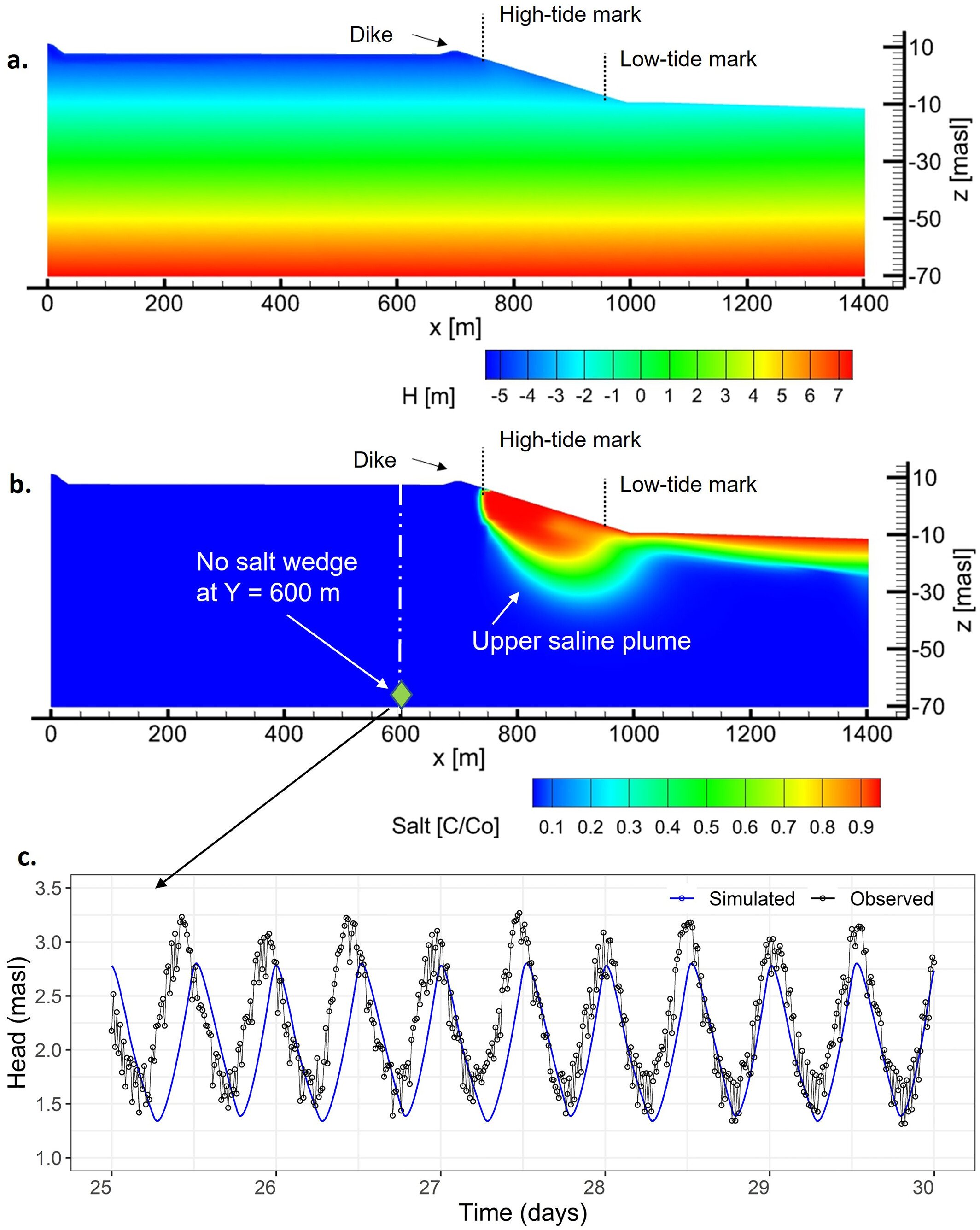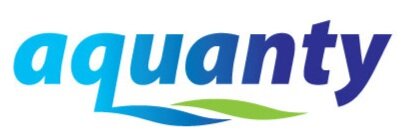

HGS RESEARCH HIGHLIGHT – The coastal aquifer recovery subject to storm surge: Effects of connected heterogeneity, physical barrier and surge frequency
This research analyzes the combined effects of connected heterogeneity, physical barriers, and surge frequency on coastal aquifer recovery. Using HydroGeoSphere (HGS), Aquanty’s sophisticated modeling platform known for its ability to simulate coupled surface water-groundwater interactions, the team investigated a series of modeling cases in heterogeneous and equivalent homogeneous aquifers.

HGS RESEARCH HIGHLIGHT - Mega-Tidal and Surface Flooding Controls on Coastal Groundwater and Saltwater Intrusion Within Agricultural Dikelands
The study highlighted here makes full use of the density dependent flow modelling capabilities of HydroGeoSphere to investigate the impacts of climate change on groundwater-ocean interactions, and how sea-level rise, tides and storm-surges impact the long-term position of an upper saline plume in a coastal agricultural dikeland in Nova Scotia, Canada.
HGS RESEARCH HIGHLIGHT – Groundwater flow reversal between small water bodies and their adjoining aquifers: A numerical experiment
This recent study uses HydroGeoSphere to investigate groundwater-surface water interactions within “kettle holes” - post glacial landscape features prevalent across Northern Europe and Northern America. These kettle holes are quite similar to lakes, but their smaller size makes them prone to drying out, which results in very dynamic and variable groundwater-surface water interactions, sometimes being subject to groundwater flow reversal between a kettle hole and the adjacent aquifer.

HGS RESEARCH HIGHLIGHT – Effect of topographic slope on the export of nitrate in humid catchments: a 3D model study
Agricultural nutrient runoff refers to the movement of excess nutrients, such as nitrogen and phosphorus, from agricultural lands into water bodies such as rivers, lakes, and oceans. While nutrients are essential for plant growth, excessive runoff can have significant impacts on both human and ecosystem health.

HGS RESEARCH HIGHLIGHT – Testing high resolution numerical models for analysis of contaminant storage and release from low permeability zones
This study by researchers at the University of Guelph and Colorado State University tests out different numerical groundwater flow and transport models to simulate contamination diffusing into and subsequently out of low permeability zones.

HydroGeoSphere at the EGU23 General Assembly
HydroGeoSphere is usually well represented at the annual European Geoscience Union’s General Assembly, but 2023 might be a new record with 10 presentations which relied on the integrated hydrologic modelling capabilities of HGS.

HGS RESEARCH HIGHLIGHT – Disentangling runoff generation mechanisms: Combining isotope tracing with integrated surface/subsurface simulation
A new study co-authored by researchers at Hohai University and Aquanty Staff introduces an effective way to track runoff generation in a headwater catchment by combining isotopic tracer analysis and integrated hydrologic modelling using HydroGeoSphere.

HGS RESEARCH HIGHLIGHT – Evaluating Domestic Well Vulnerability to Contamination From Unconventional Oil and Gas Development Sites
This study by researchers at Yale University and the Institute of Technology investigates how vulnerable groundwater wells are to contamination by the growing unconventional oil and gas development industry, which is expanding quickly and, in some cases, negatively impacting groundwater quality and posing a risk to public health by contaminating drinking water sources.

HGS RESEARCH HIGHLIGHT – Numerical simulations of water flow and contaminants transport near mining wastes disposed in a fractured rock mass
This study uses HydroGeoSphere simulations to model unsaturated water flow and contaminant migration in a mining context, specifically the reclamation of open pits with mine waste products. Fractured rock masses are important to study as fractures present preferential flow paths that can promote contaminant transport.

HGS RESEARCH HIGHLIGHT – Impacts of Climate Change and Different Crop Rotation Scenarios on Groundwater Nitrate Concentrations in a Sandy Aquifer
This study by researchers at the University of Guelph investigated the impacts of various crop rotation scenarios and climate change on groundwater nitrate concentrations in a 155 sq-km agricultural sub-watershed in Norfolk County, Ontario.
